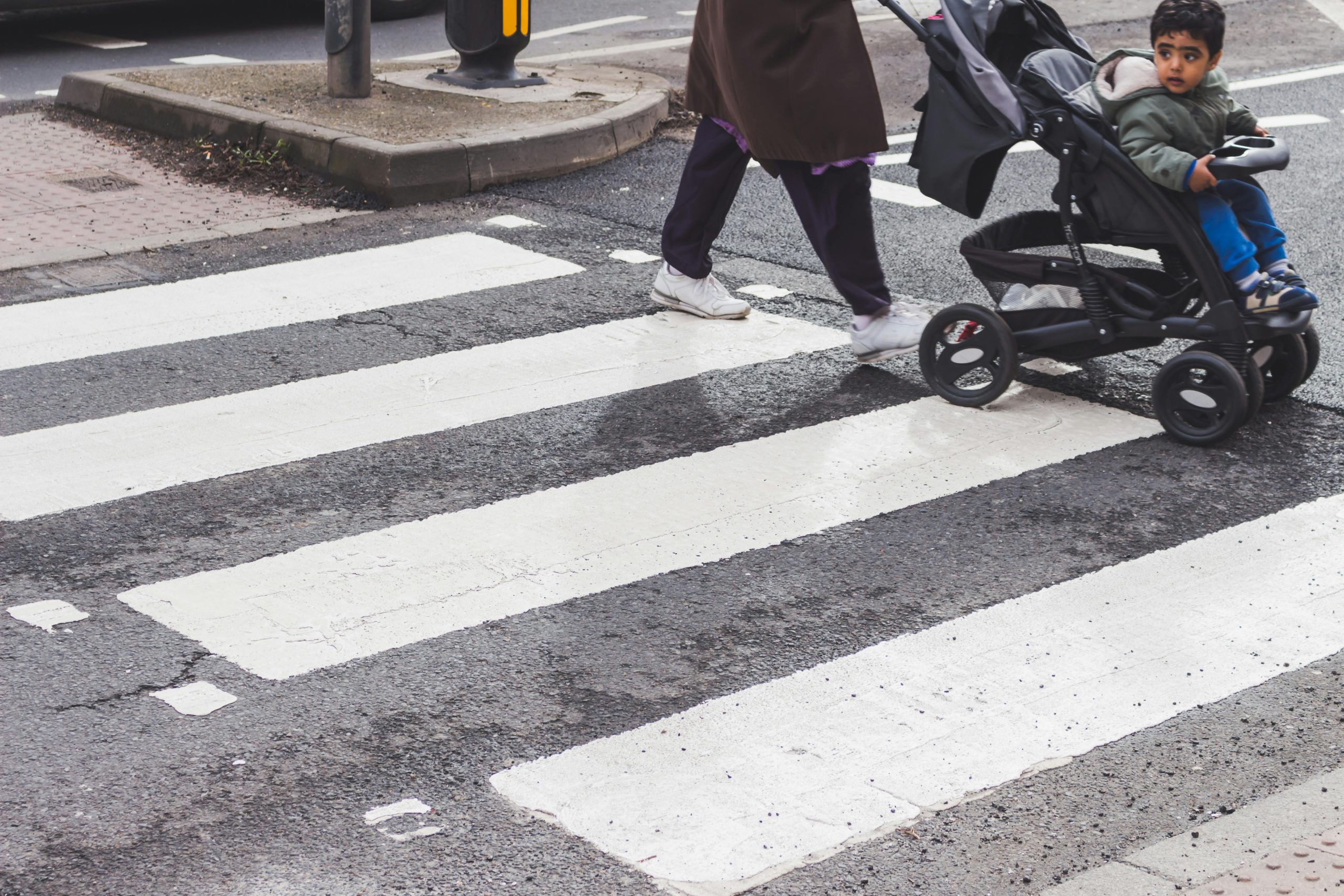Navigating the roads of Fresno, California, requires a clear understanding of right-of-way rules to ensure safety and compliance with traffic laws. These rules dictate who has the precedence in various driving scenarios, aiming to prevent accidents and maintain orderly traffic flow.
Understanding Right-of-Way
The term “right-of-way” refers to the legal right of a pedestrian, vehicle, or cyclist to proceed first in a particular traffic situation. In California, these rules are outlined in the California Vehicle Code (CVC), specifically in Sections 21800 through 21807. These laws define the responsibilities of drivers and pedestrians at intersections, crosswalks, and other roadways.
Intersections Without Traffic Signals
At intersections without traffic control devices, the CVC Section 21800(a) mandates that drivers must yield the right-of-way to vehicles that have already entered the intersection from a different highway. If two vehicles approach the intersection simultaneously from different highways, the driver on the left must yield to the driver on the right.
Four-Way Stop Intersections
In situations where all approaches to an intersection are controlled by stop signs, often referred to as four-way stops, the right-of-way is determined by the order of arrival. The first vehicle to arrive and stop at the intersection has the right to proceed first. If multiple vehicles arrive simultaneously, the vehicle on the left should yield to the vehicle on the right, as stipulated in CVC Section 21800(b)(1).
Turning Left or Making U-Turns
When making a left turn or a U-turn, drivers are required to yield the right-of-way to all oncoming traffic that is close enough to pose a hazard during the turn. This is outlined in CVC Section 21801(a), which emphasizes that the turning vehicle must wait until it is safe to proceed.
Pedestrian Crossings
Pedestrian safety is a significant concern in Fresno. According to CVC Section 21950(a), drivers must yield the right-of-way to pedestrians crossing the roadway within any marked or unmarked crosswalk at an intersection. However, pedestrians also have a responsibility not to leave a curb or place of safety and walk or run into the path of a vehicle that is so close as to constitute an immediate hazard, as stated in CVC Section 21950(b).
Merging and Lane Changes
Drivers entering a roadway from a parked position or merging onto a freeway must yield to oncoming traffic. Similarly, when changing lanes, it is the driver’s responsibility to ensure the maneuver can be made safely without interfering with other vehicles. These practices are essential for preventing collisions and ensuring smooth traffic flow.
Emergency Vehicles
Special right-of-way rules apply to emergency vehicles. Upon the approach of an emergency vehicle sounding a siren and displaying visible red lights, all other vehicles must yield the right-of-way by pulling over to the right-hand edge or curb of the roadway and stopping until the emergency vehicle has passed, as required by CVC Section 21806(a)(1).
Recent Legislative Changes
As of January 1, 2025, California implemented a new “daylighting” law aimed at enhancing pedestrian safety. This law prohibits parking within 20 feet of any crosswalk to improve visibility at intersections. While this regulation primarily addresses parking, it significantly impacts right-of-way scenarios by ensuring that drivers and pedestrians have a clear line of sight, thereby reducing potential accidents. Fresno residents should be aware of this change, as violations can result in fines starting at $40. The law is part of California’s broader Vision Zero initiative, aiming to eliminate traffic fatalities. For more details, refer to the official announcement by the California Department of Motor Vehicles.
Local Ordinances in Fresno
In addition to state laws, Fresno has specific municipal codes governing traffic and right-of-way. For instance, the Fresno Municipal Code includes provisions related to pedestrian crossings, vehicle stopping, and yielding requirements. Drivers and pedestrians are encouraged to familiarize themselves with these local regulations to ensure full compliance and enhance safety on Fresno’s roads. The complete code is accessible through the City of Fresno’s official website.
Conclusion
Understanding and adhering to right-of-way rules is crucial for the safety of all road users in Fresno. By following these guidelines and staying informed about recent legislative changes, drivers and pedestrians can contribute to a safer and more efficient transportation environment. For comprehensive information on California’s traffic laws, consult the California Driver Handbook provided by the Department of Motor Vehicles.
(Source : californiaattorneygroup.com )


